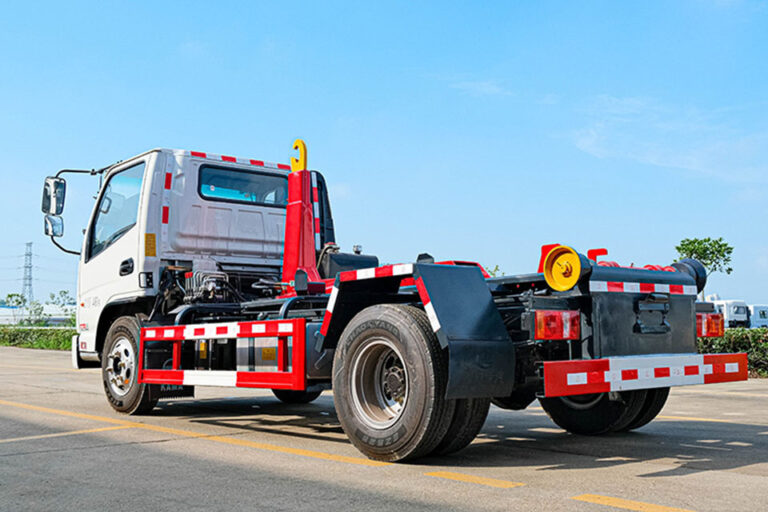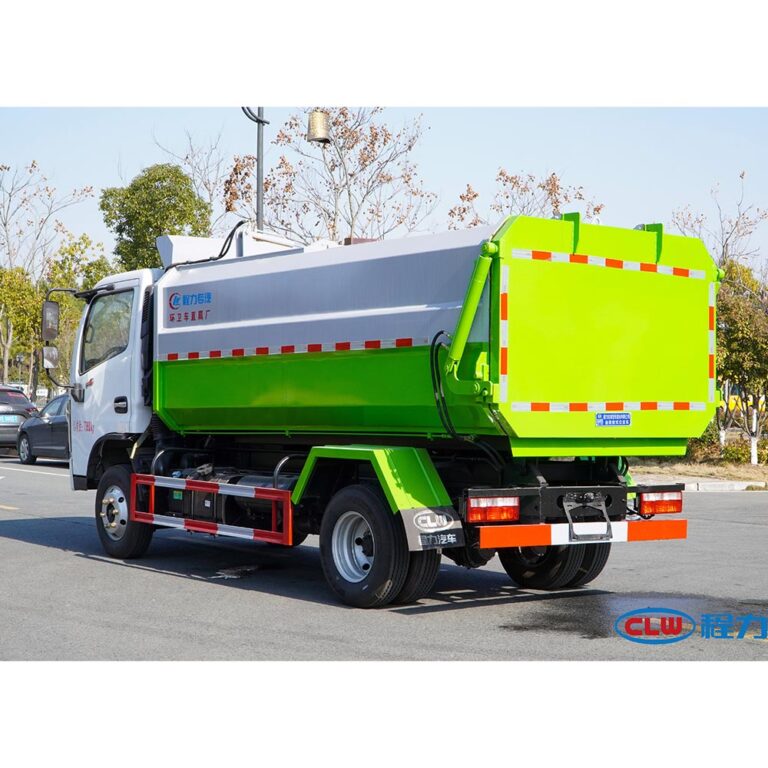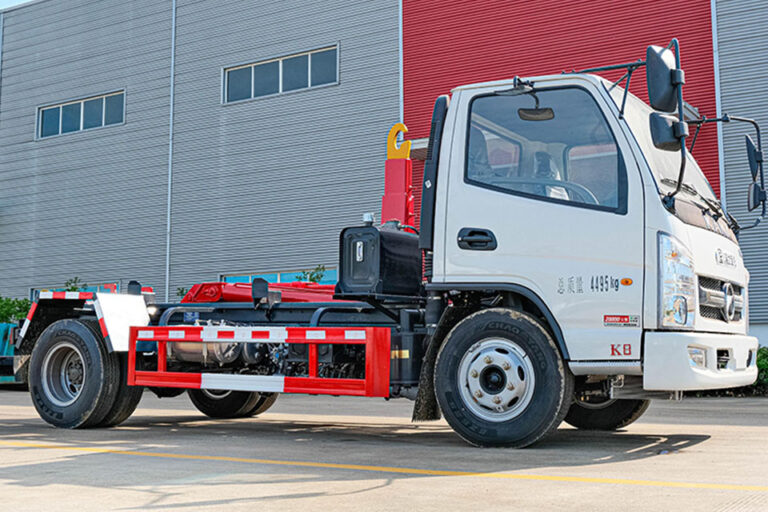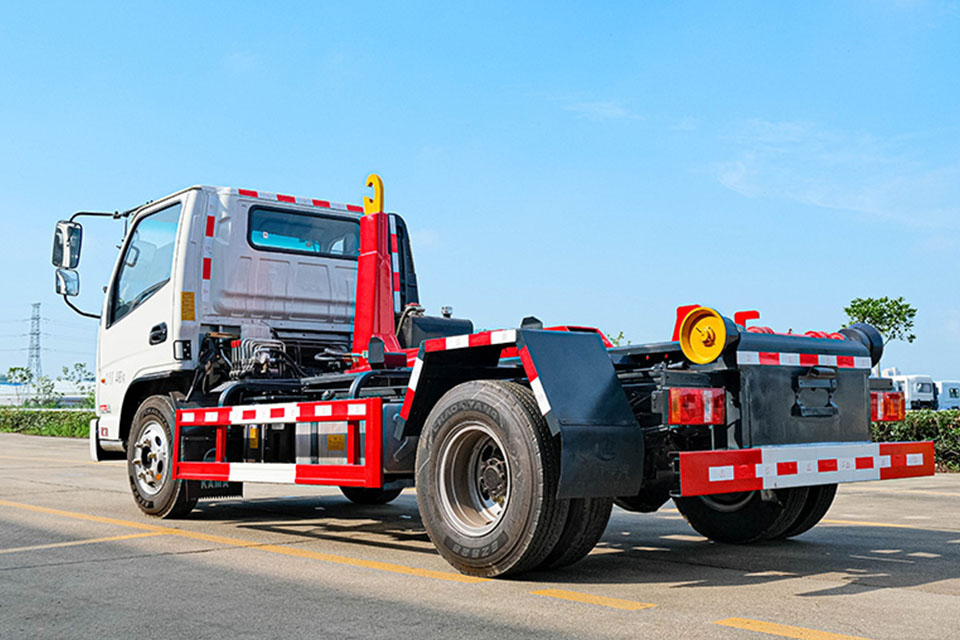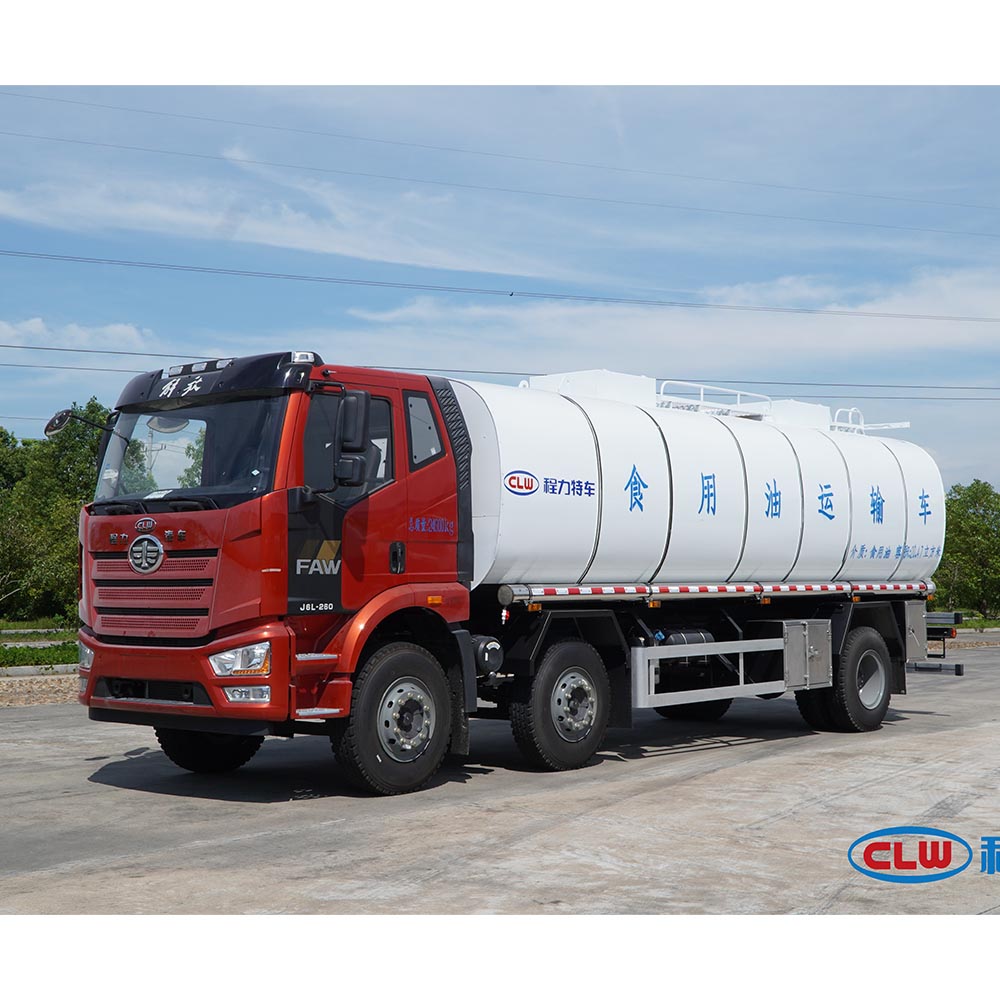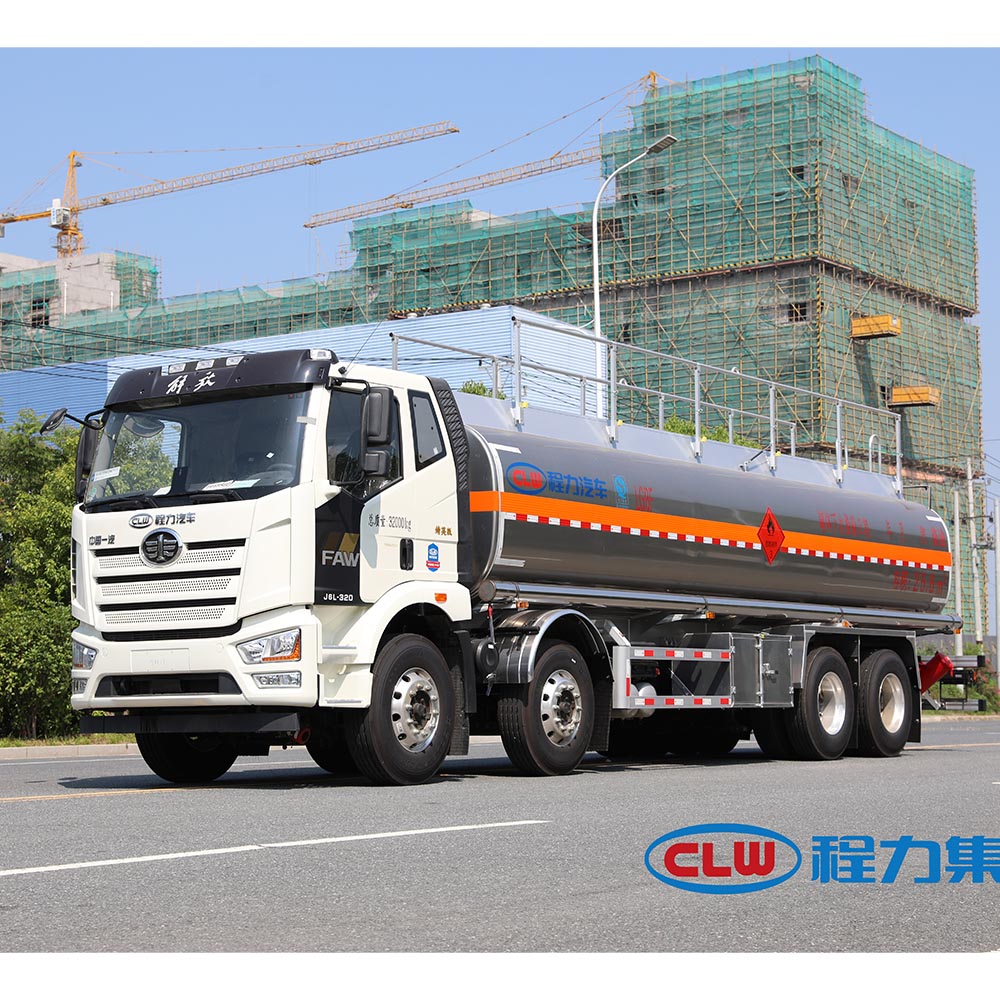-
Chengli Automobile Industrial Park
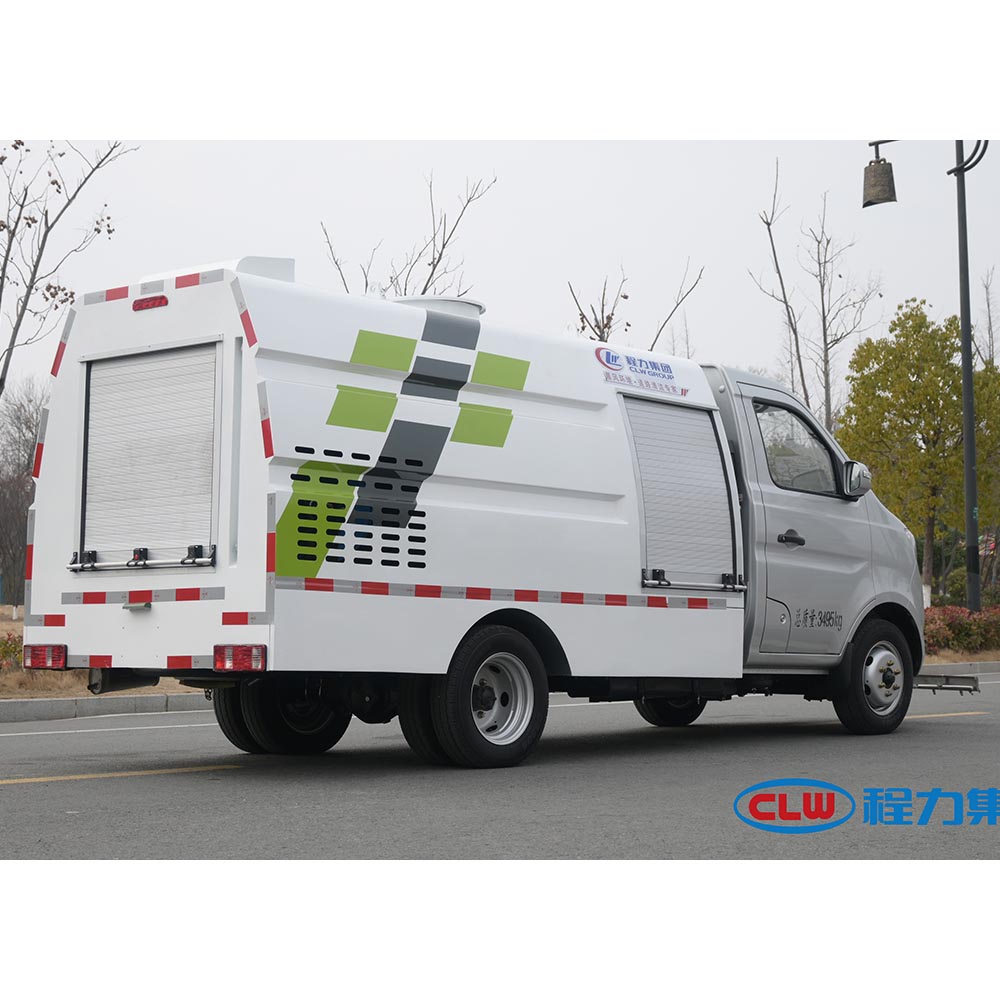
Guide to Setting Up Your Pressure Washing Rig
Guide to Setting Up Your Pressure Washing Rig
Table of Contents
Why Your Pressure Washing Rig Matters
Setting up the right pressure washing rig is the first big step to making money in this business. You need to pick between a truck-mounted system or a trailer setup. Each one has good points. A truck rig gives you more mobility and looks more professional. A trailer can be less costly to start with.
Essential Components You Need
Core Equipment
Let’s look at what you need to build your rig:
- Pressure washer: Pick one that puts out 5-8 gallons per minute for best results
- Water tanks: A 200-gallon water tank adds 1,669 pounds to your rig – that’s 74% of most trailer loads!
- Chemical tanks: You need one for water and one for bleach
Hose Systems
Good hoses make your work faster:
- Pressure washing hose: Get 150-300 feet of hose
- Garden hose: Keep 150 feet on hand
- Ball valve setups: These help control water flow better
Storage Solutions
Keep your tools safe and dry:
- Boxes for your cleaning chemicals
- Secure spots for nozzles and wands
- Weatherproof storage for tools
Step-by-Step Setup Guide
Choosing Your Base
For Trailer Setups:
- Park on flat ground
- Use wheel chocks to stop rolling
- Make sure your trailer can hold the weight (water is heavy!)
For Truck-Mounted Rigs:
- 62% of new businesses pick trucks over trailers
- Trucks use 15-20% less fuel than pulling trailers
- Mount your hose reels on the outside for fast access
Assembly Process
- Secure your tanks first
- Add your pressure washer
- Connect hoses and ball valves
- Install downstream injectors for soap
- Add a surface cleaner to your setup
Pro Tip: 87% of pros mount hose reels on the outside of the rig for quick access.
Weight Distribution Table
| Item | Weight | Percentage of Load |
|---|---|---|
| Pressure washer skid | 600 lbs | 26% |
| Water tank (200 gal) | 1,669 lbs | 74% |
| Hoses & tools | ~100 lbs | ~5% |
Pressure Washing Rig Setup: Key Insights
Rig Type Trends (2025)
Equipment Costs
Average Startup Costs: $3,000 – $5,000
Weight Distribution: 200-Gallon Tank
| Item | Weight (lbs) | % of Load |
|---|---|---|
| Pressure Washer Skid | 600 | 26% |
| Water Tank (Full) | 1669 | 74% |
| Hoses & Tools | 100 | 4% |
Marketing ROI & Safety
Legal and Business Things to Know
Before you hit the road:
- Get business registration
- Buy insurance (most jobs need $1-2 million coverage)
- Learn OSHA safety rules
- Companies with proper setups have 40% fewer job site injuries
Making Your Rig Work Better
Workflow Tips
- Make a pre-job checklist
- Use quick-connect fittings on hoses
- Keep your most-used tools easy to reach
Cost-Saving Ideas
- You can build your own or buy pre-made
- DIY ball valve setups cost less
- Add a buffer tank to improve water flow
Marketing Your Services
The biggest mistake new pressure washing businesses make is spending all their money on equipment and not enough on marketing.]
- Put 10% of your money back into marketing
- Set up Google My Business – it’s free!
- Make a simple website with photos of your work
- Use before and after pictures
Need help with online marketing? Check out for ideas on equipment protection.
Maintenance and Safety
Keep your rig running well:
- Check hoses for leaks daily
- Clean filters weekly
- Winterize your system in cold months
- Store chemicals safely
Learn more about proper equipment transportation to protect your investment.
Growing Your Business (2025 Trends)
As your business grows:
- Add hot water systems for better cleaning
- Buy more rigs to run multiple crews
- Add soft wash systems for house washing
Expanding your services? Consider specialized cleaning vehicles for larger jobs.
Questions People Ask
Should I start with a trailer or truck rig?
Trailers cost less to start. Trucks look more professional. Brown’s Pressure Washing switched to trucks and saw better results.
How much does a starter rig cost?
$3,000-$5,000 for basic equipment. Doug Rucker’s popular starter rig has two tanks (water and bleach).
What size pressure washer do I need?
For most jobs, a 4-5 GPM machine works well. Commercial jobs might need 8+ GPM.
Final Tips
- Don’t overload your rig
- Keep safety gear on hand
- Use warm weather to test your setup
- Join pressure washing groups online for tips
Now you’re ready to set up your pressure washing rig and start making money!

